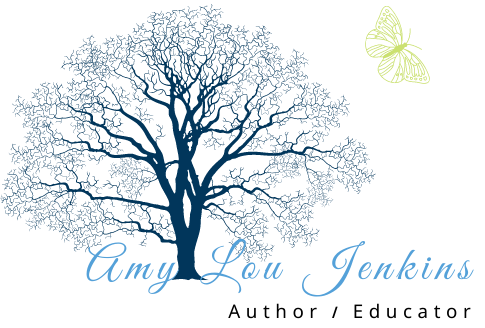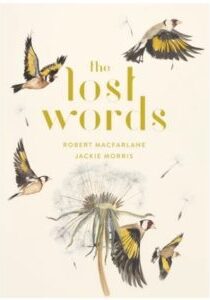The Home Place Memoirs of a Colored Man’s Love Affair with Nature
"In me, there is the red of miry clay, the brown of spring floods, the gold of ripening tobacco. All of these hues are me; I am, in the deepest sense, colored.” From these fertile soils of love, land, identity, family, and race emerges The Home Place, a big-hearted, unforgettable memoir by ornithologist and professor of ecology J. Drew Lanham.
The Home Place, Debut Memoir
In his debut memoir, self-described “eco-addict” J. Drew Lanham explores the connection between trees and family trees, birds and brethren, and most importantly of all, the place where mother nature and human nature meet. Taken together, it makes for a unique reading experience; one in which the book’s meditative qualities far surpass any semblance of a conventional plot. Let the reader be warned, there are no fireworks here—simply the musings of an African-American naturalist who, throughout his lifetime, has trained himself to marvel at the minor. Trust me, that is enough.
Family History and Natural History
Though the natural world remains Lanham’s main character, readers can hardly overlook his own narrative. Born in the midst of a moment of change in the segregated south, Lanham’s personal story is the story of his family history: a lineage traced back to a slave named Harry first brought to South Carolina around the turn of the 18th century. Yet as Lanham finds, there are limits even to knowing one’s own story, and over time, even the most basic facts begin to fade.
The Home Place Story Reverberates
It’s a problem Lanham has faced in his professional life as a wildlife ecology professor as well. “Day after day, semester after semester, year after year I droned on,” he writes. “Yes, I was presenting the facts. Yes, I was publishing the facts. But it seemed to me that the facts never created motivation to make things better.” Simply put: facts are only ever half the story if they don’t compel change. Yet as Lanham learns, in some instances, facts fail to persuade half as well as mysteries. “…I find myself defined these days more by what I cannot see than by what I can,” Lanham writes. Though the line is offered in reference to religion, readers can’t help but feel its reverberations take root within the subject of race.






2 thoughts on “‘The Home Place’ Book Review”